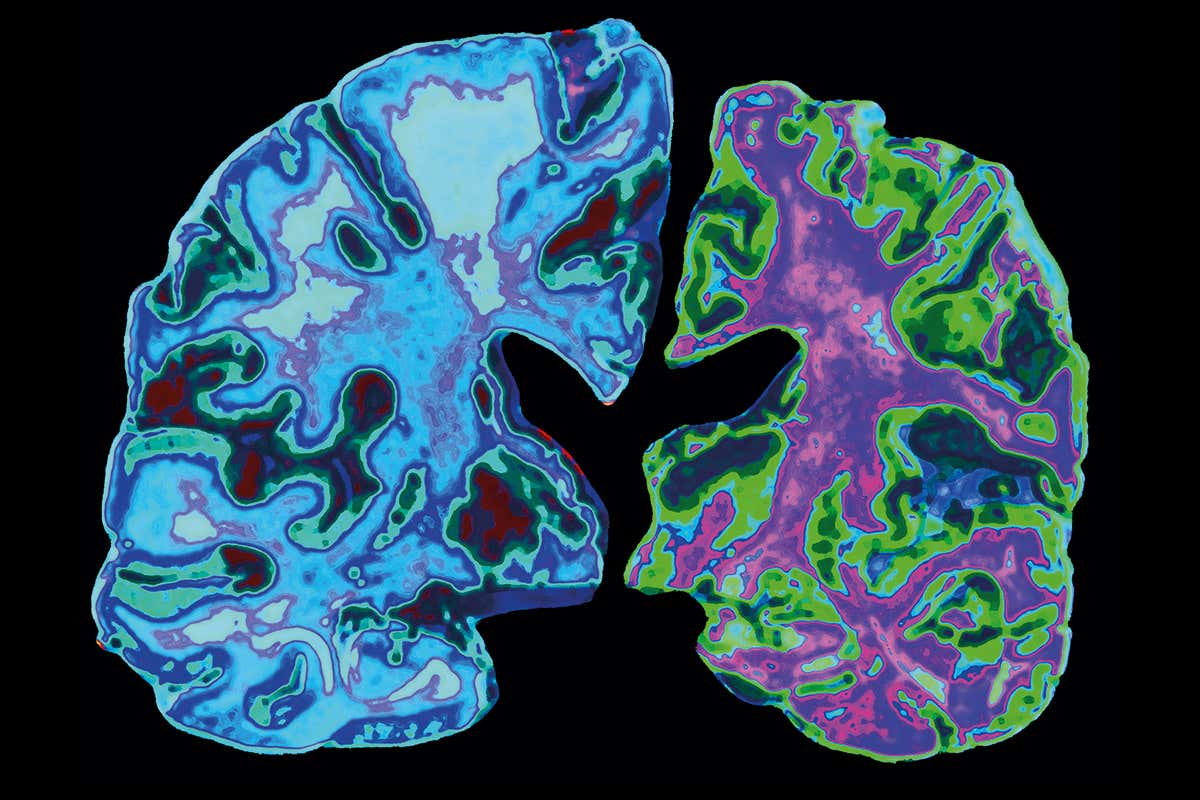A new congressional report has found that many of the popularly used commercial baby foods contain at least one heavy metal in quantities significantly above the safety levels regulated by the U.S. Food and Drug Administration.
Prior to the recent investigation, a similar report published in 2019 had examined tests on quality control of seven major commercial baby food brands and discovered metals including arsenic and mercury in all of them.
More precisely, over ninety percent of the one hundred and sixty-eight different food products contained heavy metals. Secondly, baby foods with root vegetables including potatoes or carrots and rice were likely to have higher quantities of the metals in comparison with others.
How do these metals get into baby foods? Although heavy metals exist naturally in the Earth’s crust, certain human activities including the burning of fossil fuels for the generation of electricity or various other purposes can increase the levels of heavy metals in the environment.
As a result, they are found in the air, land, water, or even in pottery, gasoline, and paint. Furthermore, other products including commonly-used pesticides also contained mercury, lead, and arsenic for a very long time.
Therefore, the foods grown using such pesticides and chemicals were automatically loaded with metals. It took more than a decade for the US government to make changes in fossil fuel use and introduce methods to reduce exposure to heavy metals.
In comparison with 1980, the exposure to metals in the air such as lead has reduced by ninety-eight percent. Various processes have also helped in lowering the number of metals in the water and pipelines.
Also Read: Coronavirus Vaccines Do Not Guarantee End of the Pandemic
The main issue which has not been resolved is reducing the levels of heavy metals in the land and soil. The prolonged use of pesticides has made removing arsenic and mercury from the soil a big challenge.
Today, the problem also contaminated many of the different foods which are widely consumed around the world including baby foods.
Although the FDA and the World Health Organizations have regulated the safety levels of heavy metals in foods, research has found that no amount of metals comes without the risk of potential health issues.
The risk is even higher in children when compared to adults. According to the FDA’s regulatory guidelines, an exposure of three micrograms on a daily basis is dangerous in children.
The new report has shown that nearly all of the major baby foods contain heavy metals, which makes minimizing the risk of exposure difficult for caregivers and parents while using commercial products.
So, the easiest way to reduce exposure and cut down the chances of metal poisoning or developing associated health conditions is by feeding homemade baby food to children.
When doing so, try to alternate between different vegetables including green leafy veggies and root vegetables from time to time. When using any commercial products, go for oats or barley-based biscuits, cereal, and other items rather than rice-based ones.
Lastly, cut out any kinds of fruit juices from the children’s diets as they are not only loaded with sugars but are more likely to contain heavy metals as well.


